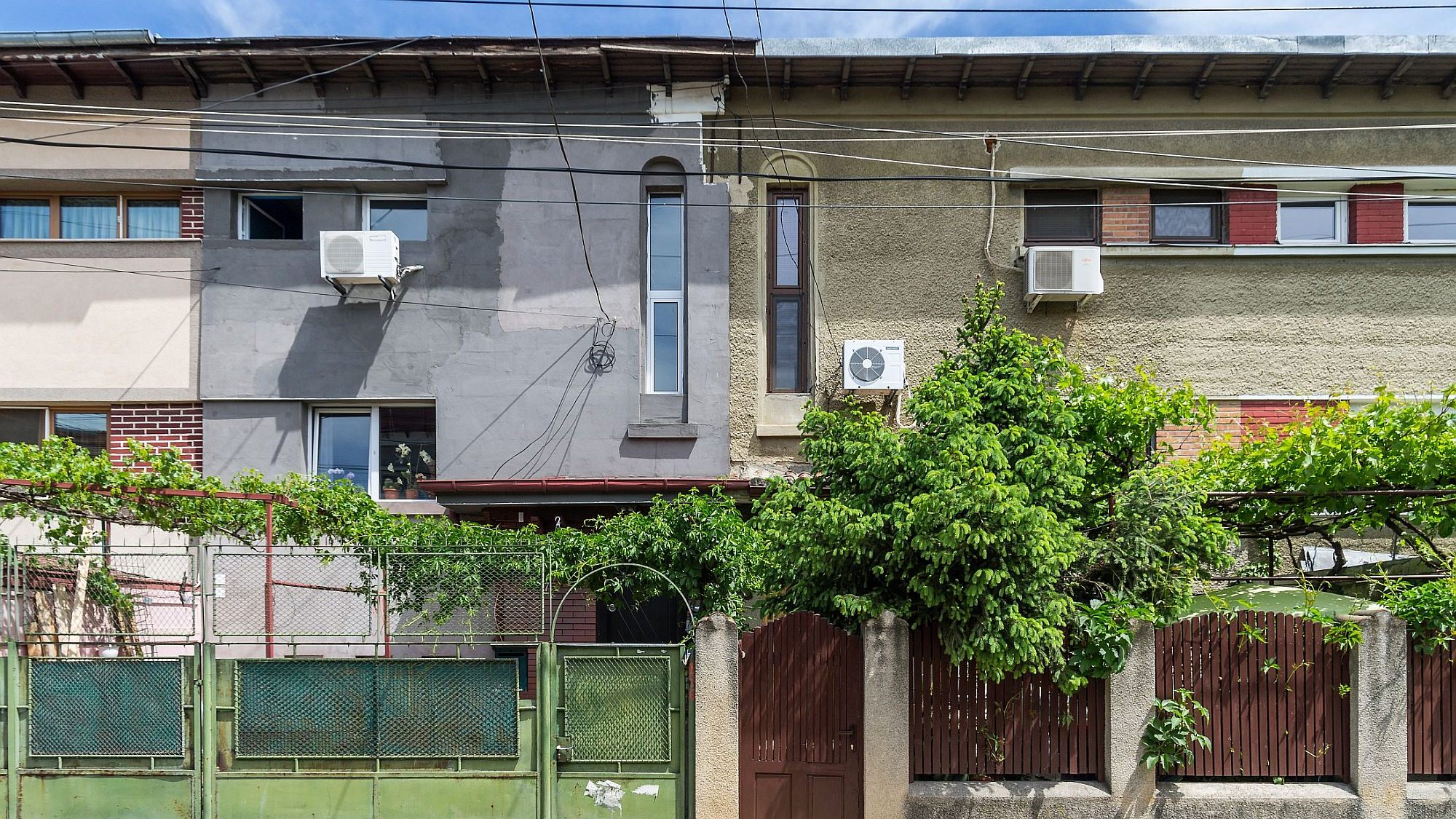In Romanian society, one of the most common (and terrible) value confusions is, I believe, the one between beautiful, new or in good condition, on the one hand, vs. ugly, old, in poor condition, on the other. And it primarily shows when talking about architecture and the city.
Text: Ștefan Ghenciulescu
Photo: Ștefan Tuchilă
The reasons are many – from lacking visual education to our general frustrations or the uncertain relationship with the past, which we’d rather have mythically, than revealed through tangible traces. We are a conservative society (in some respects, even ultra-conservative), but one which does not like to conserve. The old is suspicious. That is, the actual old, while the new in the faux old, fake traditional style, is in great demand.
The signs of this confusion are ubiquitous. Any speech promoting destructive transformations and all kinds of demolitions will always bring up the old junk, the shanties, the moral value of cleaning up. We cannot seem to understand that poor condition is reversible, that repairing is often better than replacing, that the signs of age, in houses as well as in people, have value, and express a life that has been lived. We find it difficult to see the value of authenticity, of contradictions, of historical layers and scars. They are not beautiful, they are not clean.
It must be said that the famous urban clean up very often refers to people too, not just houses. If we are bothered by some community, by differences and poverty (especially by poverty), we will be happy to see them eliminated – in fact, pushed elsewhere; sweeping under the carpet is another great national tradition and a quick method to clean up. I remember how, during the debates about the catastrophic Berzei-Buzești operation, which wiped out a sizeable chunk of old Bucharest in 2011, the pro arguments were always about removing the old houses, along with the population that lived inside them.
This pervasiveness of radical and yet superficial intervention is astonishing. We live in a world of pernicious flimsiness. We can all see ourselves in the character I would like to call the fatal do-it-yourselfer. He often has good intentions, is enthusiastic, optimistic and by far too destructive. He might be the mayor, or the head of some institution or maybe he is a simple citizen. He whitewashes precious mosaic and stone pedestals. On the unrenovated façade of a block of flats, he paints only the outside of his own apartment. If he is a city maintenance worker, he limewashes both the trees and the road curbs. He loves fences above anything else and would rather completely close in the garden, because a place will remain pristine and „unspoilt” only if no one enters it, ever. He closes off the balconies of wonderful houses, but also the porches of old churches that are historical monuments. He maims trees, hacks splendid bushes, and plants pansies instead. DIY, delete, efface. Whenever he can, he does this by demolishing and building, in a greedy, arrogant and awful way. And yes, sometimes he is an architect.
The new, dissonant and aggressive, built with so much enthusiasm, doesn’t most often prove to be also good. It usually turns very quickly into an equally bad shape, without any of its previous qualities. It’s clearly not good anymore. But then, this doesn’t really matter, because we can start over. “Have you seen, mate, how ugly it used to be? Good thing they cleaned it up.”
*Photo: Aura Buzescu Street, Bucharest – Romania © Ștefan Tuchilă


